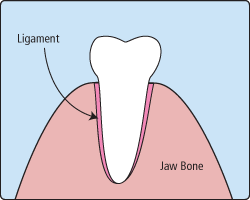Extractions
There are times when it is necessary to remove a tooth. Sometimes a baby tooth has misshapen or long roots that prevent it from falling out as it should, and the tooth must be removed to make way for the permanent tooth to erupt. At other times, a tooth may have so much decay that it puts the surrounding teeth and jaw at risk of decay, so your doctor may recommend removal and replacement with a bridge or implant. Infection, orthodontic correction, or problems with a wisdom tooth can also require removal of a tooth.

When it is determined that a tooth needs to be removed, your dentist may extract the tooth during a regular checkup or may schedule another visit for this procedure. The root of each tooth is encased within your jawbone in a “tooth socket,” and your tooth is held in that socket by a ligament. In order to extract a tooth, your dentist must expand the socket and separate the tooth from the ligament holding it in place. While this procedure is typically very quick, it is important to share with your doctor any concerns or preferences for sedation.
Once a tooth has been removed, neighboring teeth may shift, causing problems with chewing or with your jaw joint function. To avoid these complications, your dentist may recommend that you replace the extracted tooth.

What Sets Us Apart
Patient Centered Dentistry for Your Healthiest Smile
Patient Testimonials
Our Dental Patients Say It Best
Trustindex verifies that the original source of the review is Google. Taylor was very good and made sure everything was done to my liking. Everyone there is excellent!Trustindex verifies that the original source of the review is Google. The staff is extremely friendly. Every step of the way they were keeping me updated with it on what they were going to do next. There were no surprises. The doctor sit down with me and explained everything in detail, and took all my questions. She looked like she was not in any hurry and she was only focused on my care. I do refer patients to this office, as I am a physician. I've never had a complaint from any patient. I wish I could give them six stars!Trustindex verifies that the original source of the review is Google. Another great visit to the Neely Dental Practice. Polite, friendly staff - from the initial encounter to the last. Definitely will recommend to others.Trustindex verifies that the original source of the review is Google. Jennifer did a wonderfully thorough job on my cleaning! Best office ever 🤍Trustindex verifies that the original source of the review is Google. Amazing staff. Caring, efficient, always your best interest and options at heart.Trustindex verifies that the original source of the review is Google. Everyone is very friendly, they're on time. I highly recommend this place.

